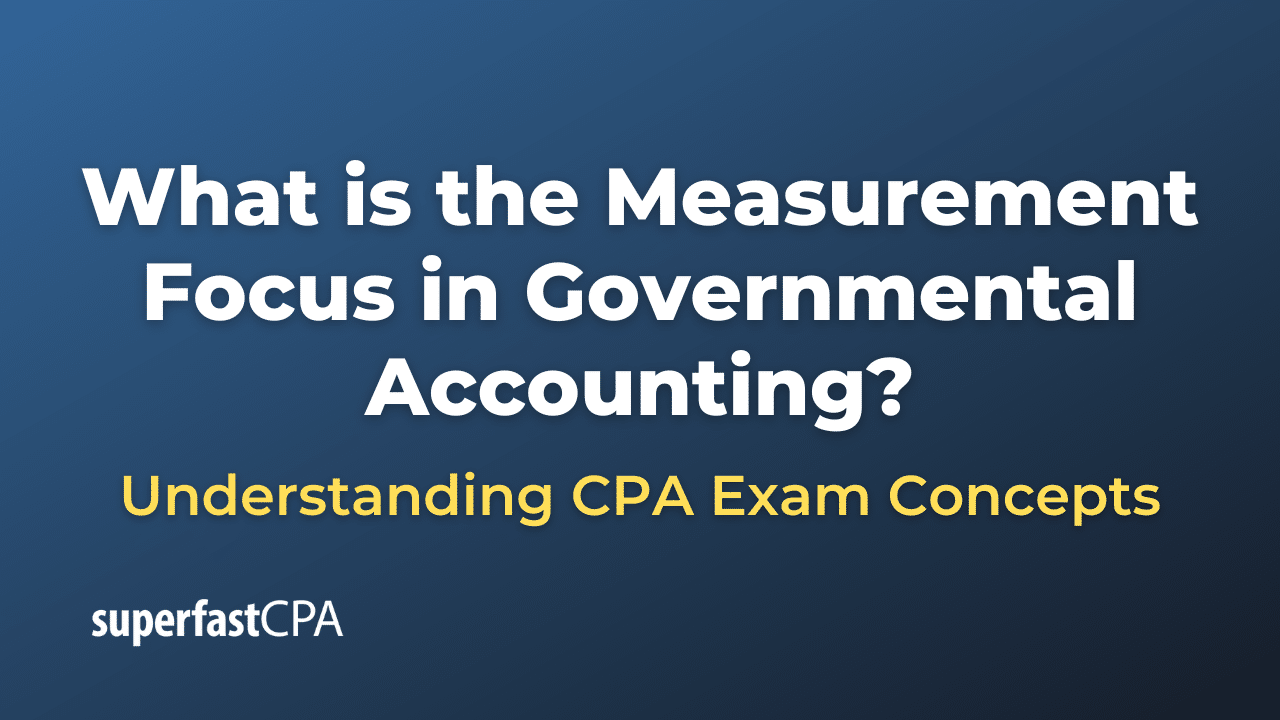Absorbed Overhead in Accounting
In accounting, absorbed overhead refers to the portion of indirect manufacturing costs or overhead costs that have been allocated to a specific product, cost center, or department within an organization. Absorbing overhead is part of the absorption costing method, which assigns all direct and indirect manufacturing costs to the production of goods or services.
Overhead costs include expenses that are not directly tied to a specific product or service but are necessary for the overall manufacturing process. Examples of overhead costs include:
- Factory rent or property taxes
- Utilities such as electricity, water, and gas
- Depreciation on manufacturing equipment
- Indirect labor costs, such as salaries of factory supervisors
- Insurance and maintenance expenses for the factory
Absorbed overhead is calculated by allocating these overhead costs based on a predetermined overhead rate. The rate is determined by dividing the total overhead costs by an appropriate allocation base, such as direct labor hours, machine hours, or production units. The resulting overhead rate is then applied to each product or cost center based on the actual consumption of the allocation base.
For example, if the predetermined overhead rate is $5 per direct labor hour and a specific product requires 10 direct labor hours to produce, the absorbed overhead for that product would be $50 ($5 x 10).
Allocating or absorbing overhead costs helps organizations better understand the total cost of producing a product or providing a service. This is essential for setting accurate selling prices, evaluating profitability, and making informed management decisions.
Example of Absorbed Overhead
Let’s consider a hypothetical example of a company called XYZ Manufacturing that produces two types of gadgets, Gadget A and Gadget B. The company uses absorption costing to allocate overhead costs to the products.
First, let’s gather some information:
- Total overhead costs: $150,000
- Total machine hours: 15,000 hours
- Gadget A: Requires 4 machine hours per unit
- Gadget B: Requires 6 machine hours per unit
- Production: 2,000 units of Gadget A and 1,500 units of Gadget B
Step 1: Calculate the predetermined overhead rate Predetermined overhead rate = Total overhead costs / Total machine hours Predetermined overhead rate = $150,000 / 15,000 hours Predetermined overhead rate = $10 per machine hour
Step 2: Calculate the overhead cost per unit for each product Gadget A overhead cost per unit = 4 machine hours * $10 per machine hour = $40 Gadget B overhead cost per unit = 6 machine hours * $10 per machine hour = $60
Step 3: Calculate the total absorbed overhead for each product Total absorbed overhead for Gadget A = 2,000 units * $40 per unit = $80,000 Total absorbed overhead for Gadget B = 1,500 units * $60 per unit = $90,000
Now we have successfully absorbed the overhead costs to each product, with Gadget A absorbing $80,000 and Gadget B absorbing $90,000 of the total overhead costs. This information can help XYZ Manufacturing determine the total cost of producing each gadget, set accurate selling prices, evaluate profitability, and make informed management decisions.













